

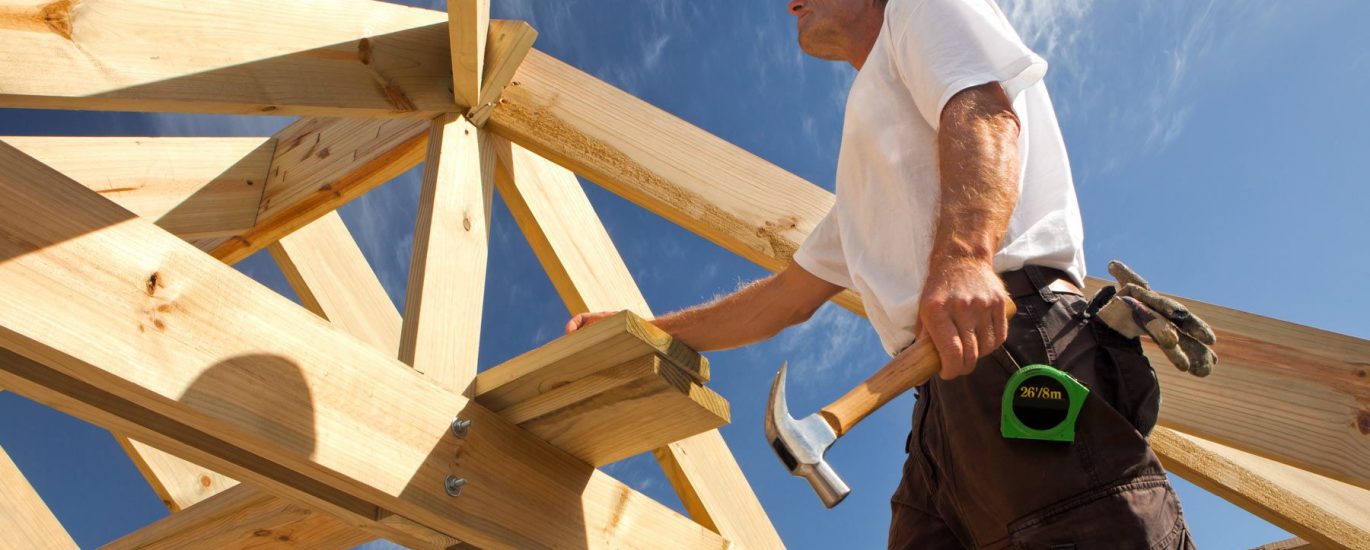
Table of Contents
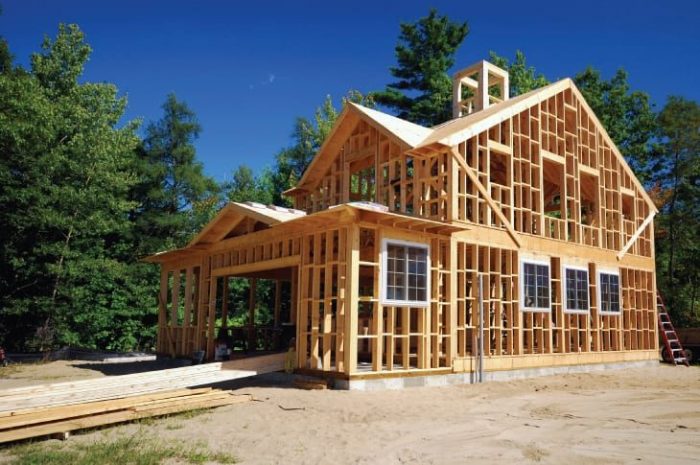
In 2025, the question of whether to build or buy a house is more complex—and more important—than ever. With mortgage rates declining after a turbulent few years, construction costs stabilizing yet still elevated, and housing demand continuing to outpace supply, the landscape is full of opportunity but also full of risk. For both prospective homeowners and investors, the decision to build or buy a house is no longer just a lifestyle choice. It’s a strategic financial move with long-term implications.
Building offers the chance to create a tailored, future-ready living space, while buying often means speed, certainty, and access to existing equity. But each route carries unique dynamics shaped by the current economic climate. Understanding how these dynamics interact in 2025 is the first step to making the right decision.
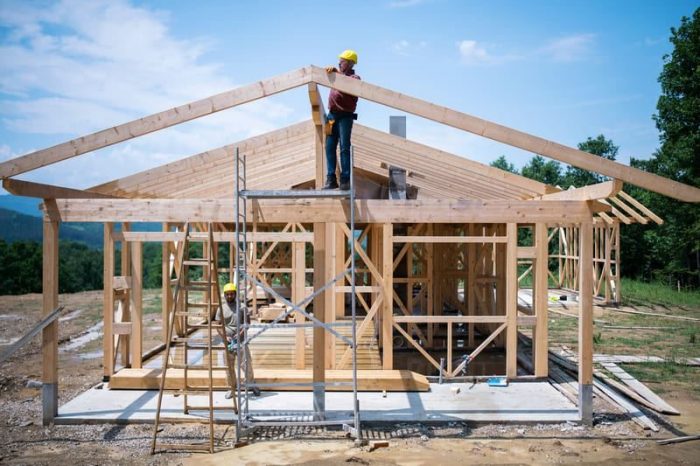
To evaluate whether it’s better to build or buy a house in 2025, you need to understand the mechanics behind both options.
Building a home means purchasing land, working with architects and contractors, managing permits, overseeing timelines, and shouldering fluctuating costs. In 2025, building costs remain significantly higher than pre-pandemic levels, primarily due to persistent demand for materials, limited availability of skilled labor, and a fragmented supply chain. While some material prices have cooled, others like steel, insulation, and lumber continue to trend upward. Labor, too, remains a bottleneck, as a large segment of the construction workforce edges closer to retirement.
On the flip side, buying an existing home is often faster and more predictable. It involves securing a mortgage, finding a property that fits your needs, and navigating a competitive market. In 2025, declining interest rates are expected to spark renewed buyer activity, which means available inventory could be absorbed quickly. As a result, while buying is less complex than building, it may also require you to move fast, negotiate aggressively, and accept trade-offs on location, size, or condition.
Each path presents a different set of responsibilities, and each is influenced by external factors such as inflation, regional housing policies, and population growth patterns.
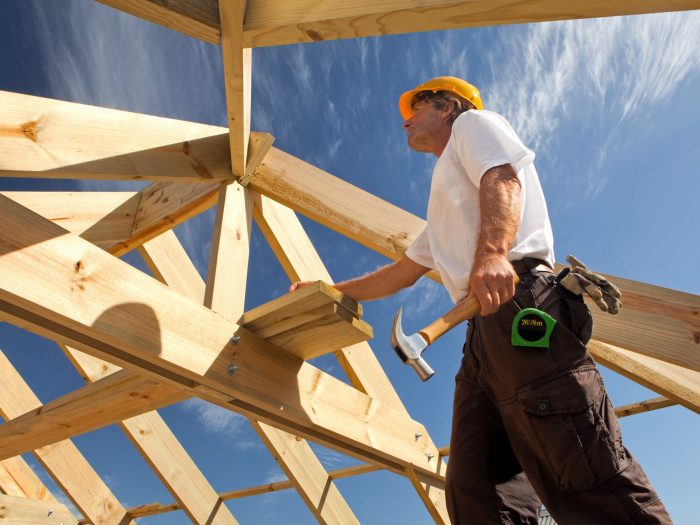
Consider this real-world-inspired scenario. You have a $550,000 budget to either build a custom home or purchase an existing one.
If you choose to build, land acquisition might cost $180,000 in a growing suburban area. Construction, with permits and materials, would consume the remaining $370,000. Despite your best efforts to manage costs, labor shortages and material pricing may push the final figure closer to $600,000. After 12–18 months, you move into a brand-new, energy-efficient home valued at $650,000. While the equity upside is promising, you’ve endured delays, price hikes, and logistical hurdles.
Now let’s consider the buy route. You find a renovated home in a well-established neighborhood listed at $550,000. You close the deal quickly and move in within 45 days. Thanks to an upswing in housing demand and declining mortgage rates, your home appreciates to $650,000 within 18 months. You’ve gained the same $100,000 in equity but with far fewer variables along the way.
This example shows that while both paths can generate comparable financial outcomes, the journey—and the level of involvement—differs significantly.

In 2025, building a home allows you to design a space that reflects your tastes, values, and long-term lifestyle. You can integrate sustainable architecture, modern tech, and efficient systems that reduce utility costs and appeal to future buyers. New construction also means less maintenance in the early years, with warranties that protect your investment.
Buying a home, meanwhile, provides immediate access to housing and the market. With mortgage rates expected to drop below 6% by mid-year, buying now allows you to lock in favorable financing and capitalize on property appreciation. For investors, it’s also an opportunity to expand portfolios quickly, especially if value-add properties can be improved and flipped or rented.
Both options offer financial and lifestyle benefits. The key is aligning the timing and execution with your individual or investment goals.
Despite its appeal, building in 2025 comes with high exposure to inflationary pressures. The construction industry continues to battle material volatility, with estimates suggesting another 10–15% cost increase by year-end. Labor remains a pain point, as over 20% of the construction workforce is nearing retirement age and fewer new workers are entering the industry. These trends increase the risk of delays and budget overruns.
Buying presents a different set of challenges. As interest rates ease, pent-up demand is flooding back into the market, intensifying competition for desirable properties. Bidding wars, which were rare in early 2023, have returned in many metropolitan areas. Moreover, older homes may come with hidden maintenance issues, from outdated plumbing to inefficient HVAC systems, which can erode your initial savings.
In both cases, the risks are real—but they can be managed with careful planning, market awareness, and support from trusted professionals.
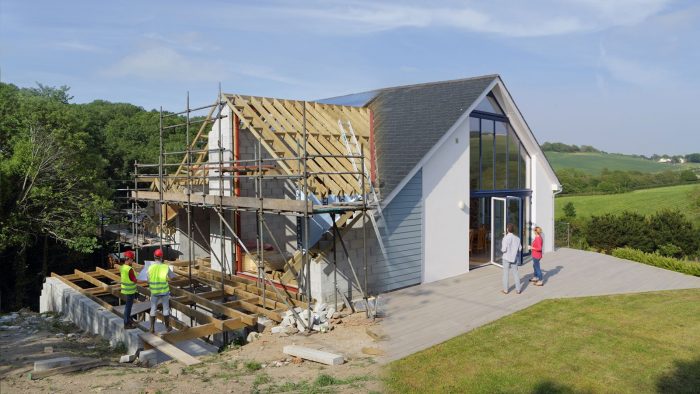
Success in 2025’s housing market depends on more than picking the right path—it requires clarity on your financial capacity, time horizon, and investment objectives.
If you have flexibility and patience, and you’re building for long-term residency or portfolio diversification, constructing a home may yield better returns in emerging markets with available land and rising demand. Engage reputable builders, secure fixed-cost contracts where possible, and allocate at least 15% for contingencies to absorb potential cost increases.
If your goal is immediate occupancy or quick equity growth, buying is the smarter strategy. Focus on areas with forecasted appreciation and growing infrastructure. Leverage the softening interest rate environment to secure a competitive mortgage, and consider pre-inspections and home warranties to minimize post-purchase surprises.
In either case, don’t just evaluate the upfront price—consider the opportunity cost, lifestyle impact, and long-term market positioning. Surround yourself with experts who understand regional dynamics and can guide you through negotiation, financing, and planning.
Whether to build or buy a house in 2025 is not just a personal decision—it’s a calculated financial move that requires a strategic mindset. Building gives you control, customization, and the potential to create long-term value. Buying delivers speed, convenience, and access to a resurging market at a time when conditions are becoming more favorable for borrowers.
The real estate market this year is full of promise. With declining rates, gradual increases in housing inventory, and renewed consumer confidence, there’s a window of opportunity to act. But success will depend on your ability to weigh costs, manage complexity, and commit to a plan that reflects both current realities and future ambitions.
In 2025, the real estate game belongs to those who prepare, who research, and who act decisively. Whether you break ground on a new home or walk through the door of an existing one, the right move today could define your financial tomorrow.